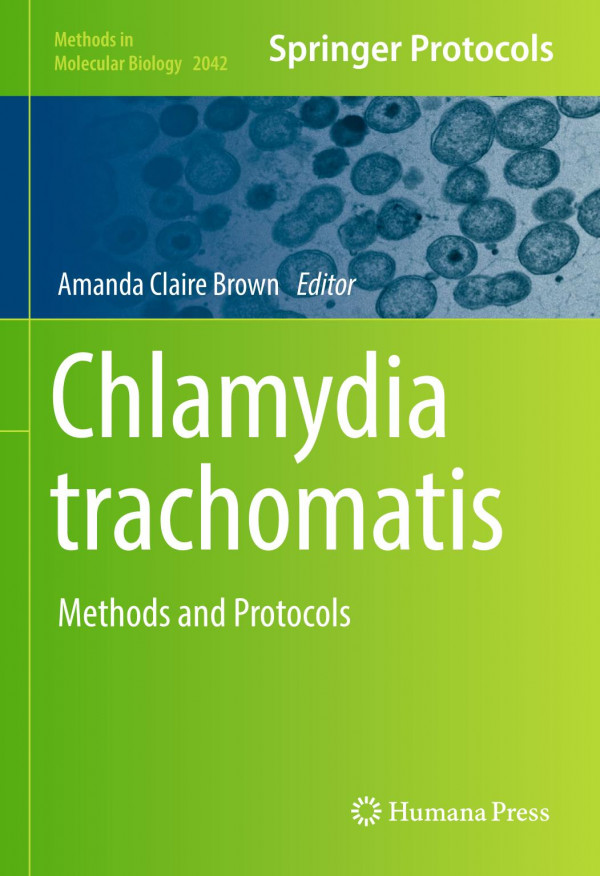

Most ebook files are in PDF format, so you can easily read them using various software such as Foxit Reader or directly on the Google Chrome browser.
Some ebook files are released by publishers in other formats such as .awz, .mobi, .epub, .fb2, etc. You may need to install specific software to read these formats on mobile/PC, such as Calibre.
Please read the tutorial at this link: https://ebookbell.com/faq
We offer FREE conversion to the popular formats you request; however, this may take some time. Therefore, right after payment, please email us, and we will try to provide the service as quickly as possible.
For some exceptional file formats or broken links (if any), please refrain from opening any disputes. Instead, email us first, and we will try to assist within a maximum of 6 hours.
EbookBell Team

5.0
68 reviewsThis book explores cutting-edge methods to work with the notoriously difficult, but highly prevalent, obligate intracellular pathogen, Chlamydia trachomatis. These include techniques to identify Chlamydia trachomatis in patient samples, ranging from simple point-of-care tests to whole genome sequencing; methods for propagation of strains in both cell culture and animal models; techniques to manipulate Chlamydia trachomatis in molecular genetic methodologies; a high-throughput screening method for testing new potential drugs against intracellular bacteria; a screen for antibiotic resistance; methods for labeling and enumeration; and descriptions of genotyping technologies, as well as dual RNA-Seq transcriptional profiling. Written for the highly successful Methods in Molecular Biology series, chapters include introductions to their respective topics, lists of the necessary materials and reagents, step-by-step, readily reproducible laboratory protocols, and tips on troubleshooting and avoiding known pitfalls.
Authoritative, practical, and relevant, Chlamydia trachomatis: Methods and Protocols serves as an ideal reference for scientists searching for a better understanding of the pathogen, allowing for the development of improved treatment regimens and the discovery of new drugs.